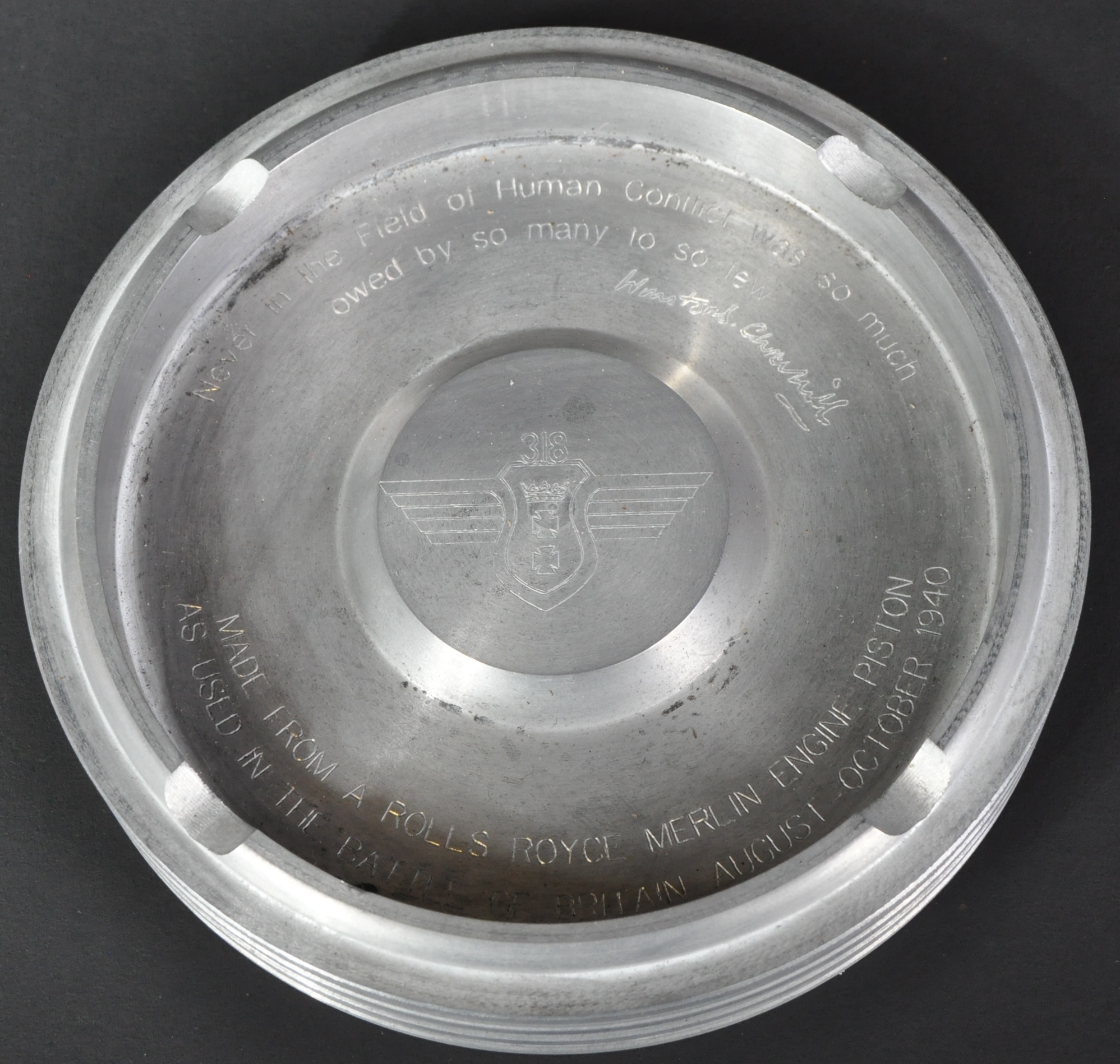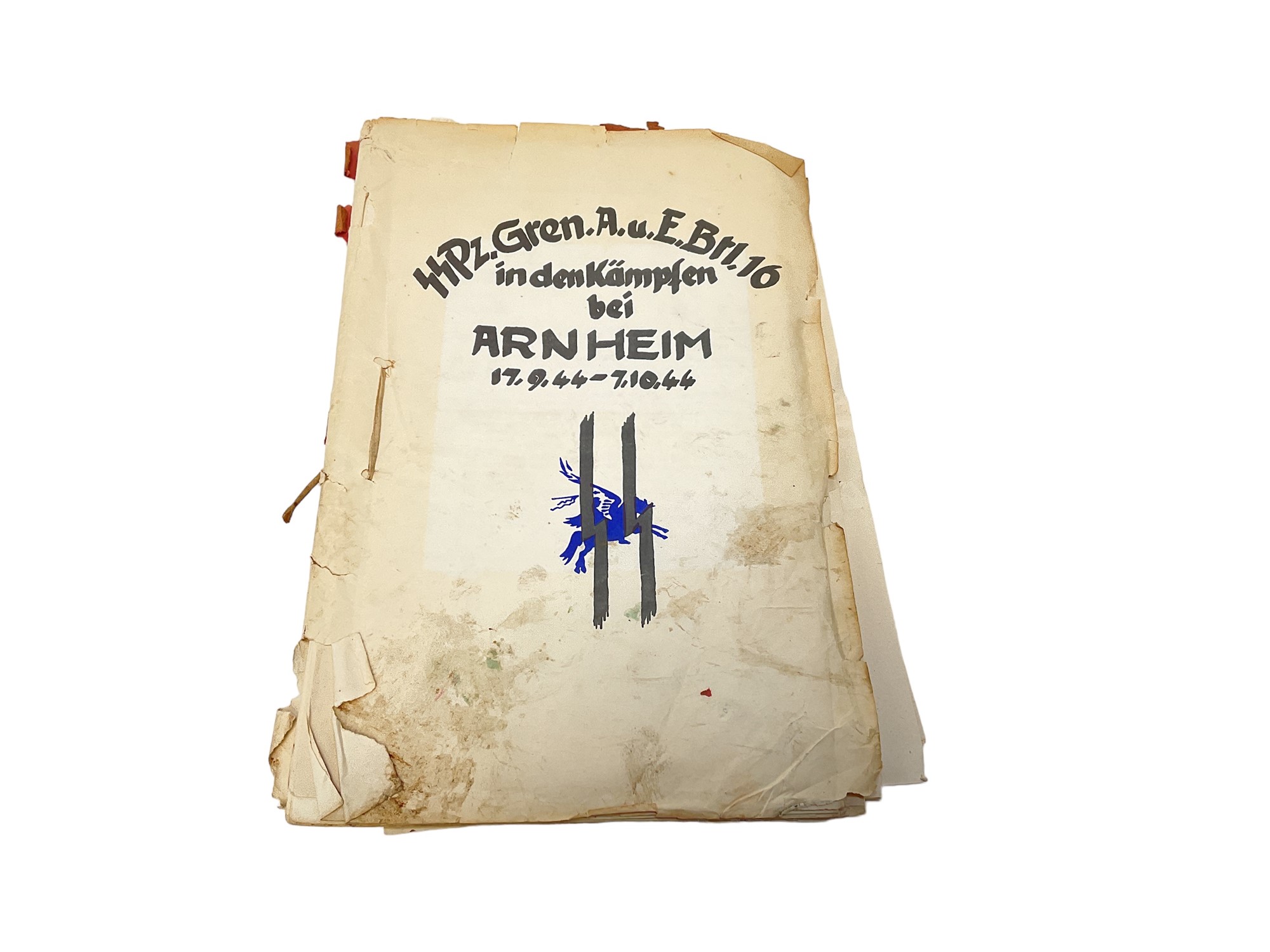A Second War 1940 ‘Battle of Britain’ period ‘Bomb Disposal’ G.M. group of four awarded to Sergeant K. Lythgoe, Royal Air Force George Medal, G.VI.R., 1st issue (515738 Sergt. Kenneth Lythgoe, R.A.F.); 1939-45 Star; Defence and War Medals 1939-45, extremely fine (4) £2,800-£3,200 Footnote Provenance: Bentley Priory Sale, Spink, September 2012. G.M. London Gazette 21 January 1941: ‘515738 Sergeant Kenneth Lythgoe (in a joint citation with 1300504 Aircraftman 2nd Class Richard Nicholson and 998918 Aircraftman 2nd Class Arthur Simpson) ‘These airmen, as members of a demolition party, have handled enemy bombs with great courage and disregard for their personal safety, on various dates during July, August, and September, 1940.’ The joint Recommendation states: ‘These airmen, members of a demolition party, have handled and rendered harmless enemy bombs, with great courage and disregard for their personal safety, on various dates during July, August, and September. This has frequently necessitated long and difficult digging. Once they had to dig for eight days to a depth of 40 feet to expose the top of a bomb which they exploded in situ. On another occasion they dug 7 feet down to an unexploded bomb near a cottage. When the bomb was withdrawn by the demolition van, driven by Sergeant Lythgoe, it was found to be fitted with a type of fuse which they had been instructed not to remove. As the bomb could not be transported in the van, owing to the roughness of the ground, Aircraftmen Nicholson and Simpson carried it some five or six hundred yards to a suitable place for demolition. When a third bomb had been excavated with such difficulty, and withdrawn by towing cable and van, its fuse was found to be too badly damaged to be extracted, so the bomb was removed to a safe place and destroyed. In all, nine bombs have been handled by this party, all of whom, and especially these three airmen, have faced constant danger with the utmost courage.’ Kenneth Lythgoe was born in Wolverhampton on 4 December 1910 and served during the Second World War with the Royal Air Force as part of their Bomb Disposal Unit, based at Upper Heyford, Oxfordshire. In the early days of Bomb Disposal, the responsibility of Unexploded Ordnance of R.A.F. property rested with the Armament personnel. In 1940, 80 R.A.F. ‘Demolition Sections’ existed to carry out duties at the most important airfields in the U.K. which were called “X” (for explosive) Stations. The equipment available was primitive to say the least and there was minimal training in addition to the norm for the Armament Tradesman. Some primitive equipment and instruction was available for the purpose of these “X” Stations. The nominated personnel were known as “X” Station Demolition Squads and consisted of three Armament personnel of senior non-commissioned or junior non-commissioned rank. At the time the “X” Squads were operating, there was little information available on the German bombs and bomb components or even other types of enemy ammunition. The procedure followed by the “X” squads was to uncover or recover German bombs, unscrew the locking ring holding the electrical fuze and later remove the fuze. The bomb was then demolished in situ or transported to a safe site for disposal later. The fuze however was sent post haste to BD Headquarters for examination and dismantling to find a method of immunisation. Once a method for a particular fuze was determined and the necessary equipment manufactured it was sent to all squads with instructions and correct procedures for its use in dealing with that particular type of fuze. Accidents were commonplace when withdrawing bomb fuzes and were unavoidable in the early days but the “X” squads who carried out this dangerous operation gained a vast amount of knowledge about the enemy weapons they were dealing with. Sergeant Lythgoe was one of the very first recipients of the George Medal, his award being gazetted just seventeen weeks after it was introduced by King Ge
A Second War 1940 ‘Battle of Britain’ period ‘Bomb Disposal’ G.M. group of four awarded to Sergeant K. Lythgoe, Royal Air Force George Medal, G.VI.R., 1st issue (515738 Sergt. Kenneth Lythgoe, R.A.F.); 1939-45 Star; Defence and War Medals 1939-45, extremely fine (4) £2,800-£3,200 Footnote Provenance: Bentley Priory Sale, Spink, September 2012. G.M. London Gazette 21 January 1941: ‘515738 Sergeant Kenneth Lythgoe (in a joint citation with 1300504 Aircraftman 2nd Class Richard Nicholson and 998918 Aircraftman 2nd Class Arthur Simpson) ‘These airmen, as members of a demolition party, have handled enemy bombs with great courage and disregard for their personal safety, on various dates during July, August, and September, 1940.’ The joint Recommendation states: ‘These airmen, members of a demolition party, have handled and rendered harmless enemy bombs, with great courage and disregard for their personal safety, on various dates during July, August, and September. This has frequently necessitated long and difficult digging. Once they had to dig for eight days to a depth of 40 feet to expose the top of a bomb which they exploded in situ. On another occasion they dug 7 feet down to an unexploded bomb near a cottage. When the bomb was withdrawn by the demolition van, driven by Sergeant Lythgoe, it was found to be fitted with a type of fuse which they had been instructed not to remove. As the bomb could not be transported in the van, owing to the roughness of the ground, Aircraftmen Nicholson and Simpson carried it some five or six hundred yards to a suitable place for demolition. When a third bomb had been excavated with such difficulty, and withdrawn by towing cable and van, its fuse was found to be too badly damaged to be extracted, so the bomb was removed to a safe place and destroyed. In all, nine bombs have been handled by this party, all of whom, and especially these three airmen, have faced constant danger with the utmost courage.’ Kenneth Lythgoe was born in Wolverhampton on 4 December 1910 and served during the Second World War with the Royal Air Force as part of their Bomb Disposal Unit, based at Upper Heyford, Oxfordshire. In the early days of Bomb Disposal, the responsibility of Unexploded Ordnance of R.A.F. property rested with the Armament personnel. In 1940, 80 R.A.F. ‘Demolition Sections’ existed to carry out duties at the most important airfields in the U.K. which were called “X” (for explosive) Stations. The equipment available was primitive to say the least and there was minimal training in addition to the norm for the Armament Tradesman. Some primitive equipment and instruction was available for the purpose of these “X” Stations. The nominated personnel were known as “X” Station Demolition Squads and consisted of three Armament personnel of senior non-commissioned or junior non-commissioned rank. At the time the “X” Squads were operating, there was little information available on the German bombs and bomb components or even other types of enemy ammunition. The procedure followed by the “X” squads was to uncover or recover German bombs, unscrew the locking ring holding the electrical fuze and later remove the fuze. The bomb was then demolished in situ or transported to a safe site for disposal later. The fuze however was sent post haste to BD Headquarters for examination and dismantling to find a method of immunisation. Once a method for a particular fuze was determined and the necessary equipment manufactured it was sent to all squads with instructions and correct procedures for its use in dealing with that particular type of fuze. Accidents were commonplace when withdrawing bomb fuzes and were unavoidable in the early days but the “X” squads who carried out this dangerous operation gained a vast amount of knowledge about the enemy weapons they were dealing with. Sergeant Lythgoe was one of the very first recipients of the George Medal, his award being gazetted just seventeen weeks after it was introduced by King Ge








/127534/Internet%20Image%201.jpg)



/122385/Internet%20Image%201.jpg)


Testen Sie LotSearch und seine Premium-Features 7 Tage - ohne Kosten!
Lassen Sie sich automatisch über neue Objekte in kommenden Auktionen benachrichtigen.
Suchauftrag anlegen